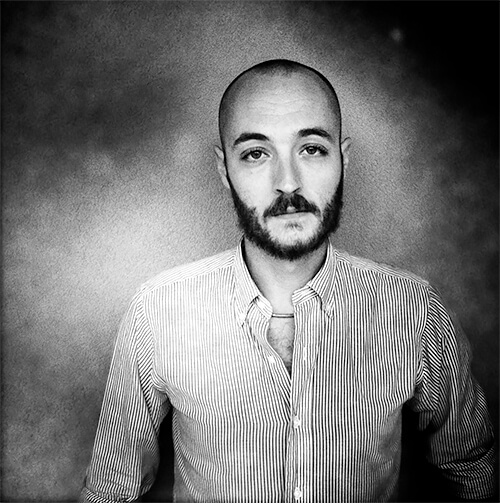Mattia Vacca is an award-winning photojournalist focused on social issues and the aftermath of war.
His first book, A Winter's Tale came out in 2014. His photographs have been featured on The New Republic, The Guardian, The Independent, ZEIT, L'Oeil de la Photographie, VICE, Corriere della Sera, La Repubblica, La Stampa and France Soir among the others.
He is the recipient of numerous awards, including Sony World Photography Awards, Royal Photographic Society Awards, Renaissance Prize and NY Photo Awards.
